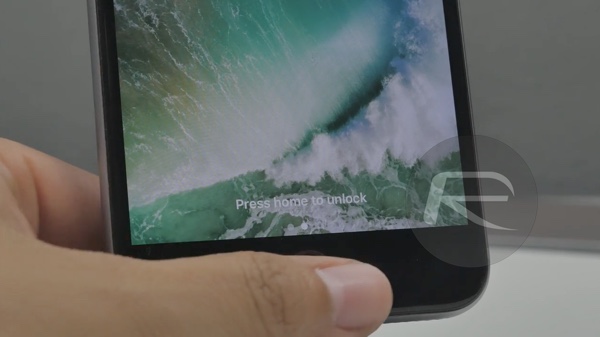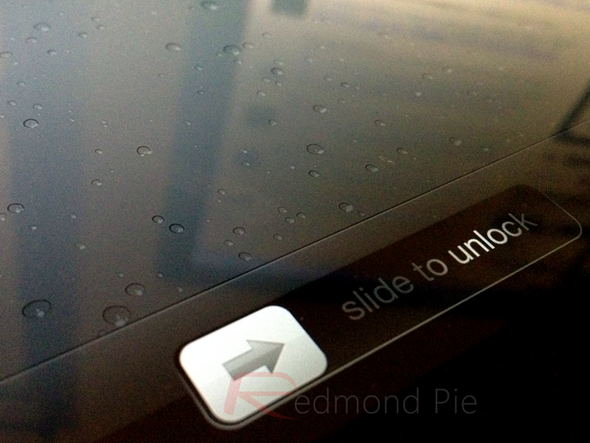Apple’s announcement of an all-new version of the iPhone & iPad’s operating system, iOS 10, brought with it a fundamental change to how we unlock our iOS devices, and one that comes after years of doing it the same way, day-in, day-out. As any iOS user will attest, swiping or sliding to unlock is something that we do without even thinking. It’s second nature, and we don’t even realize we are doing it. Well, not anymore.
After having been around since 2007 and the original iPhone, 2016 is the year the iconic Slide-to-Unlock will die. Starting with iOS 10, a physical press of the Home button will be required to initiate the unlocking sequence as part of the “Press home to unlock” feature on the new Lock screen.

This is mainly possible due to the new Raise to Wake feature in iOS 10 that will turn the screen on automatically whenever a device is picked up, eliminating the need to physically press a button – usually the Home button for most people – in order to light the device up.
On Touch ID-enabled devices, the fingerprint will of course be checked and authenticated against when the Touch ID is physically pressed down, and it’s all done seamlessly. On non-Touch ID devices tough, the Passcode screen will show up when pressing down the Home button, if one is set, of course. Having done this for a couple of days now, it feels strange to say the least. But we’ll get used to it.
The change comes as Apple has redesigned the whole Lock screen, with the Camera now being accessible when swiping to left, and the new widget+Spotlight view being invoked by a swipe towards the right direction. Swiping up from bottom on the Lock screen now brings Control Center with multiple panes while swiping down from top brings the Notification Center sans Today View. There are also 3D Touch gestures now on the new notifications on the Lock screen which invoke further interactions with the notifications.
While all these new features are welcomed, it’s the two left and right swiping gestures that have likely put paid to Slide-to-Unlock, and I’ve lost count of the number of times I have seen widgets/Spotlight view when I expected to see the Passcode screen. Again, we’ll get used to it.
After all these years, it’s hard to forget the lawsuits that iconic Slide-to-Unlock brought about after. Not to forget the huge applause when Steve Jobs demoed it for the very first time back at Macworld 2007. It was something Apple was really proud of, the company even got a patent for it, after which Samsung’s Galaxy Nexus was firmly in Apple’s crosshairs many years ago, and so were some other companies.

But all that is in the past now, and we now have a new way of unlocking our iOS devices that we are fairly sure nobody will end up in court over.
As we move on to the iOS 10’s new “Press home to unlock” era and embrace it fully, it’s perhaps time to say goodbye to the iconic Slide-to-Unlock (2007-2016) feature of iPhone. Needless to say, it has served over a billion very well.
You may also like to check out:
- 60+ iOS 10 Hidden / Secret Features For iPhone And iPad [List]
- Download iOS 10 Beta 1 & Install On iPhone 6s, 6, Plus, SE, 5s, 5c, 5, iPad, iPod [Tutorial]
- Install iOS 10 Beta OTA Configuration Profile Without UDID / Developer Account [How-To Tutorial]
You can follow us on Twitter, add us to your circle on Google+ or like our Facebook page to keep yourself updated on all the latest from Microsoft, Google, Apple and the Web.

